Spices in my cupboard
I don’t like to follow a recipe to the letter. Maybe because I get bored easily with cooking and baking. This, however, might be a reason why I love using spices and experimenting with them when cooking and baking.
Spices really help to make food and drink taste unique. There are certain spices I use more than others, but I am open to using different and ‘new’ ones in whatever form while cooking and baking. Most spices also have natural health benefits.
Some background on spices
Spices and herbs have been with us since ancient times. In the Bible spices are mentioned frequently, for example on the occasions when Queen Sheba offered King Solomon gifts which included spices. “Then she gave the king 120 talents of gold, and a very great quantity of spices and precious stones. Never again came such an abundance of spices as these that the Queen of Sheba gave to King Solomon.” (1 King 10:10) All those spices surely must have been a sight and a beautiful smell.
The origin of spices traces back to influences from early Egypt, early Chinese, ancient Mesopotamia, early India, ancient Greece and Rome, influences from the Arab and Muslim world, medieval Europe and then it all went to America. We still use many of these original spices today, but maybe just in an easier presentation. In the western world spices today are mostly sold as grounded (in jars) or whole (nuts or seeds) and as the roots (ginger or turmeric).
Here are a few of my favourite spices:
(With links to recipes where I’ve used a specific spice.)
Cinnamon
Cinnamon is surely an all-around favourite and extremely versatile. It is found from the inner bark of different tree species from the type Cinnamomum. It is used in savoury and sweet dishes including stews, teas and traditional foods. Likewise it gives a lovely taste to hot drinks like certain hot chocolates. It is one spice which I associate with winter and Christmas. You can bake spiced biscuits, make spicy hot drinks like glϋwein and add it to certain gifts. About 1% of the composition of cinnamon is made up of an aromatic essential oil and this gives cinnamon its distinctive flavour.
Ginger
I have a great memory of my mom peeling and cutting pieces of ginger root to put in her tea together with slices of lemon and some honey. It is indeed a great extra to add to rooibos tea or any herbal tea. Ginger is available in many forms including fresh root ginger, preserved stem ginger in syrup, crystalized ginger, candied ginger, and ground.
Fresh root ginger is usually used for savoury dishes while ground ginger in both sweet and savoury. Ginger also has many medicinal properties, including helping against mild nausea and for the digestive system. It is also a great accompaniment with cinnamon and cloves in many recipes.
Cloves
This spice – dried flower buds – adds extra warmth to any dish, from sweet to savoury. Just think about the traditional Christmas ham which is usually studded with whole cloves before its final baking. And cloves can also be added to drinks, like glϋwein. It adds extra spiciness to dishes which already feature cinnamon and/or ginger.
There is a lot of talk about the health benefits of cloves, especially the antibacterial values. When you have toothache for example, put a whole clove in your mouth on or close to the tooth. It really works. Traditionally, however, the oil of cloves is used for toothache.
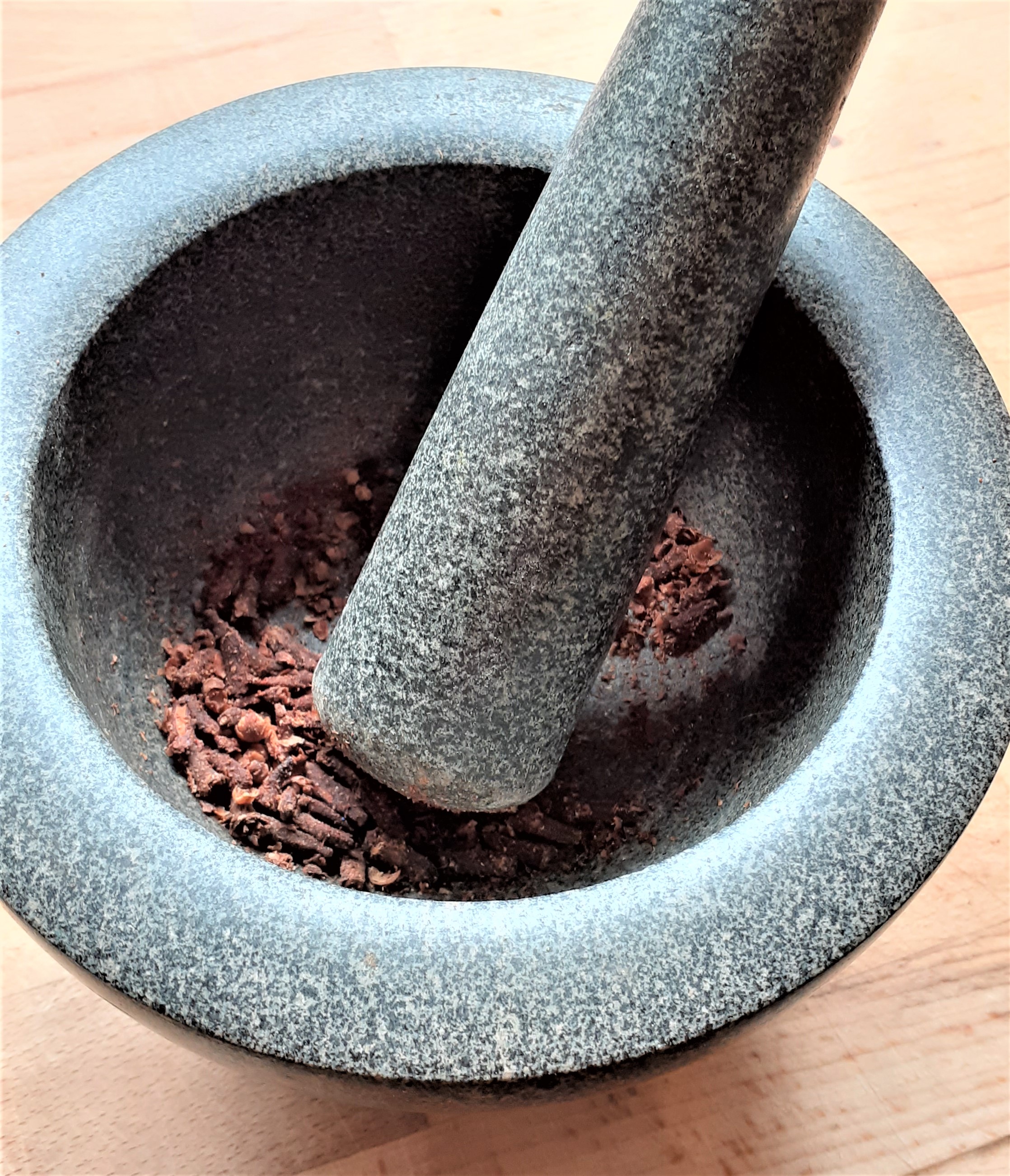
Turmeric
Turmeric is a bright yellow spice and more often available in powder form. It comes from the bright yellow root which resembles the ginger root a little bit, although the skin is darker and the flesh more yellow. I’ve used the fresh root for cooking, especially in stews and soups, and would prepare it the same way as the ginger root. Turmeric is also used for a variety of conditions including digestive, arthritis, certain allergies and many more.
Cardamom
One of the more potent spices is cardamom. I was introduced to this spice by my sister who lived in the United Arab Emirates for a period. It is the third most expensive spice in the world after saffron and ginger. Mainly used in Indian and Middle Eastern dishes – both sweet and savoury – it is also found in some of the garam masala spice mixes you can buy or make. The spice comes in pods and there is a green and black variety. I’ve only ever used the green one which can be used in both sweet and savoury dishes. For example when making flavoured rice add a few pods, cracked open a little bit, while cooking the rice. The flavour from the cardamom will ooze out without the little seeds escaping.
Interestingly when cardamom is used for sweet cooking, the seeds are removed from the pods and ground to a powder, while the whole pod will be used in most savoury dishes. To make the ground cardamom I used a mortar and pestle to grind the little black seeds inside the green pods. This was for these Swedish cardamom cookies, a recipe from Rachel Allen’s cookbook, Rachel’s Everyday Kitchen.
Cardamom has certain anti-inflammatory benefits and can be used for colds as well as certain digestive problems.
And at last
There are a wealth of spices in the world as well as so many herbs, which I love using in all kinds of cooking and baking. And off course using them in different teas and for health benefits. Definitely a world to explore.


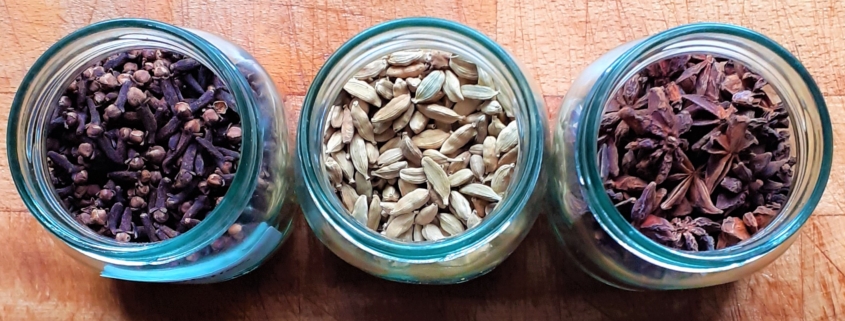


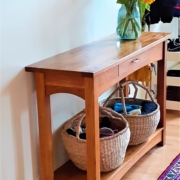
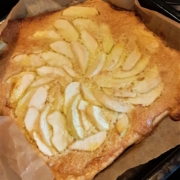


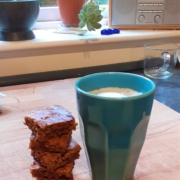
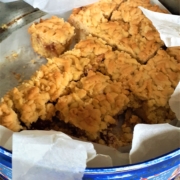
Cool!